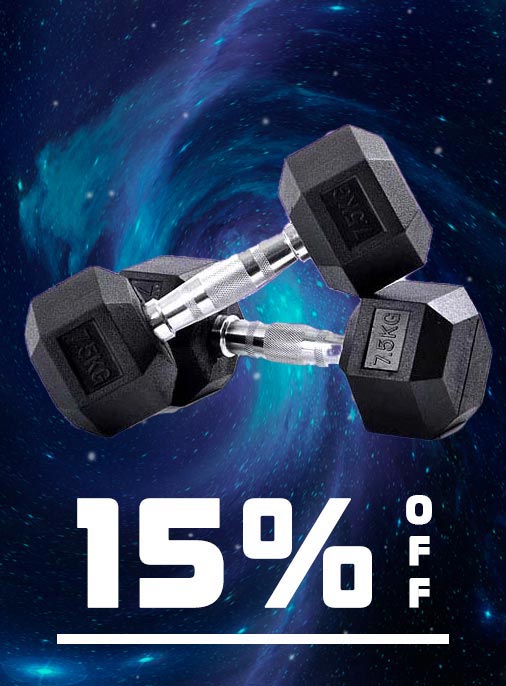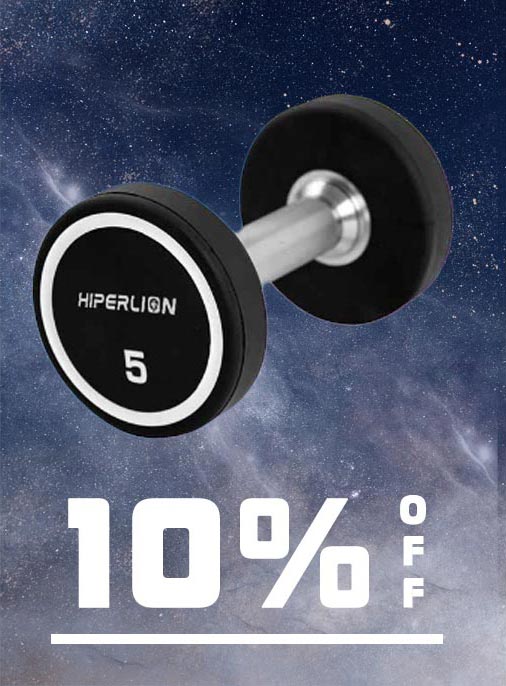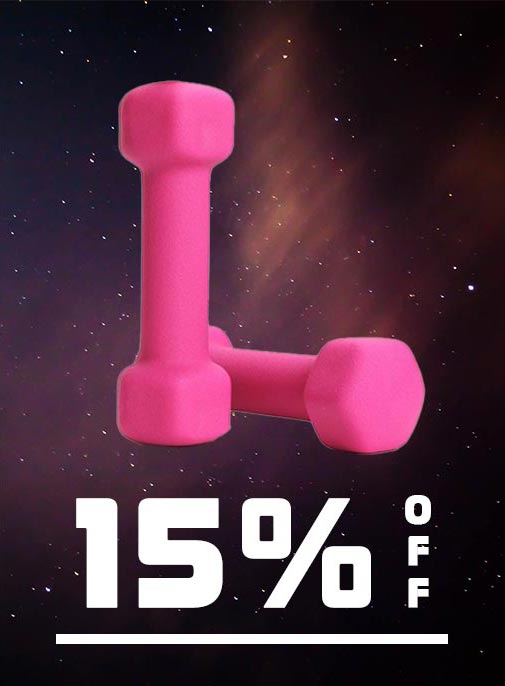Q1: Suggestions for buying dumbbells?
Type: adjustable dumbbell
Weight: 2kg-20kg for men; 1kg-10kg for women.
√. Adjustable dumbbells, adjust the bell to adjust the weight.
Some friends will question if it really needs to be so heavy. I won’t use two 20kg weights for training because I might not be able to lift them. This weight is unquestionably necessary, and the weight needed for exercise should be adjusted in accordance with the actions and muscle groups that will be targeted. To have a certain impact on muscle building and fat loss training, the training weight should be at least 20% to 35% of 1RM or greater during the fitness phase.
Especially for women, if you want to train your chest and buttocks, these large muscle groups won’t respond well to exercise without specific weight stimulation. Similar to our hips and legs, which carry tens of kilograms of weight each day as we run, jump, and work, the instantaneous impact force they receive may be several to ten times their weight. But if you want to train it successfully while exercising, bring a 2-cat mineral water bottle. It is too little to be looked down upon!

A 10 kg dumbbell is initially perceived by many as being too heavy to lift. We can determine if the art of training and strength exertion has not yet been mastered. The muscles may not actually be strong enough to lift a 10 kg dumbbell. If you train properly, you will discover after a week or two that 10kg is not always enough.
Additionally, there are dumbbells available that can be stretched and modified into a little barbell. This is advantageous since some muscle groups respond differently to training with dumbbells vs barbells.
√. Dumbbells that can be adjusted into barbells
Buy a few more dumbbells if you have enough room at home. For HIIT or fitness classes, it is advisable to select one or two smaller sponge dumbbells. A pair of adjustable dumbbells should also be used for general strength training.
√. Sponge dumbbells are appropriate for aerobics to help you gain weight.
Recommendations for buying many sets of dumbbells: Do exercises or HIIT with a pair of sponge dumbbells; perform strength training with a pair of adjustable dumbbells. Regarding a particular form of training that is allegedly several times as effective as conventional training.
√. The “adjustable” dumbbells listed above cannot take the place of regular dumbbells!
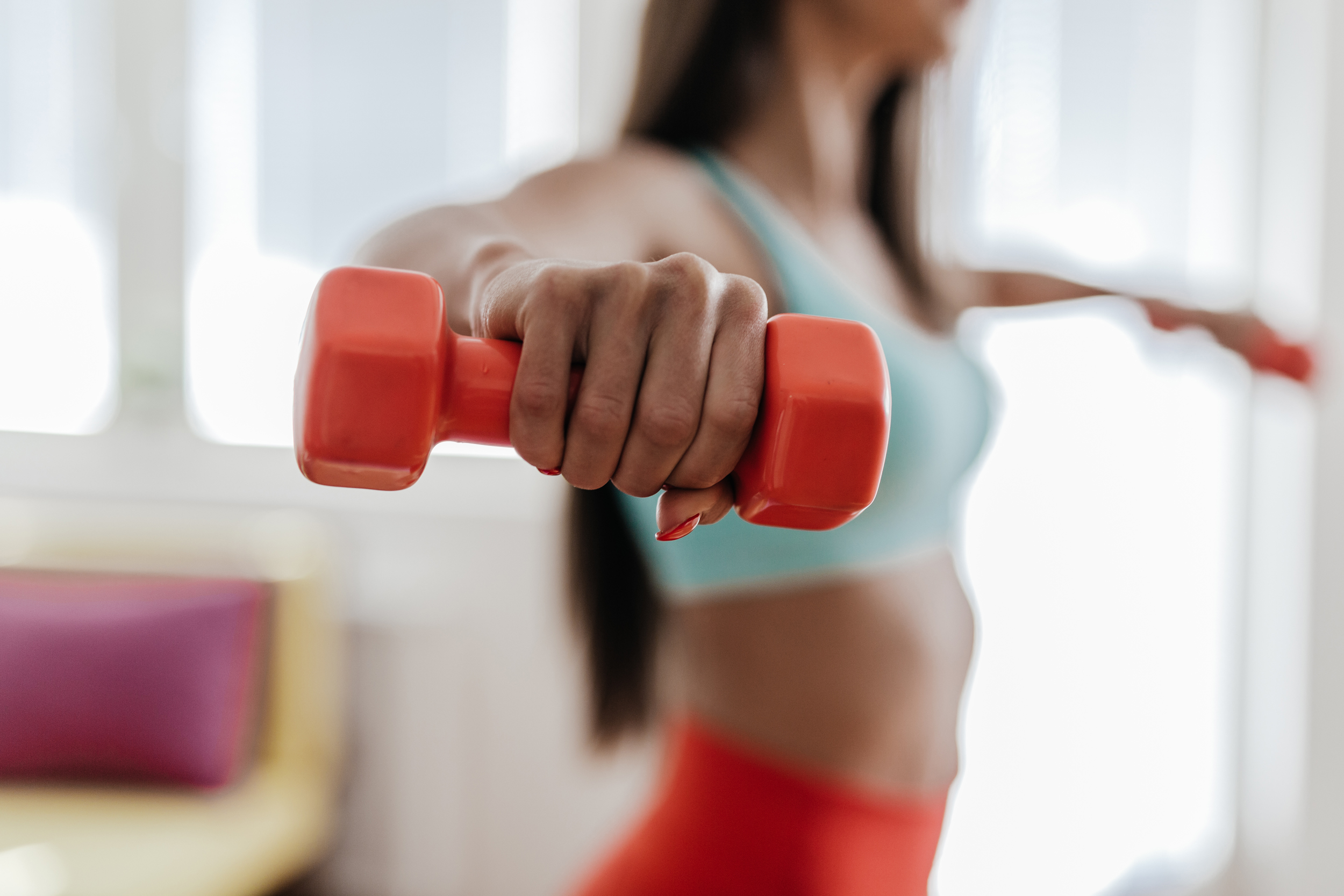
Q2: How do I choose the material for dumbbells?
Additionally, there are a lot of options for dumbbell shells; the most popular ones are electroplating, baking varnish, encapsulating, dipping, and sponge. In general, I advise purchasing electroplated or baked-on varnished ones. They are small, do not smell strongly, and do not rust easily. The main issue is that they have a tendency to bump against tables and chairs and scratch the floor.
Dumbbells with a rubber or plastic coating are inexpensive, smelly, and inefficiently priced. The rubber protection of the outer layer, which prevents harm to the floor, is an advantage. You can think about it if this raises any issues for you.
The sponge dumbbell has a layer of cushioned sponge on the outside that seems safe and harmless and won’t bump into furniture, but the weight is actually quite light and is typically only used for HIIT or very little muscle training.
√. Comparison of dumbbell materials:
Electroplating and baking varnishes are both odorless, and easy to scratch floors.
Plastic encapsulating and dipping: good price and classy
Sponge: safe and harmless, the weight is inadequate.
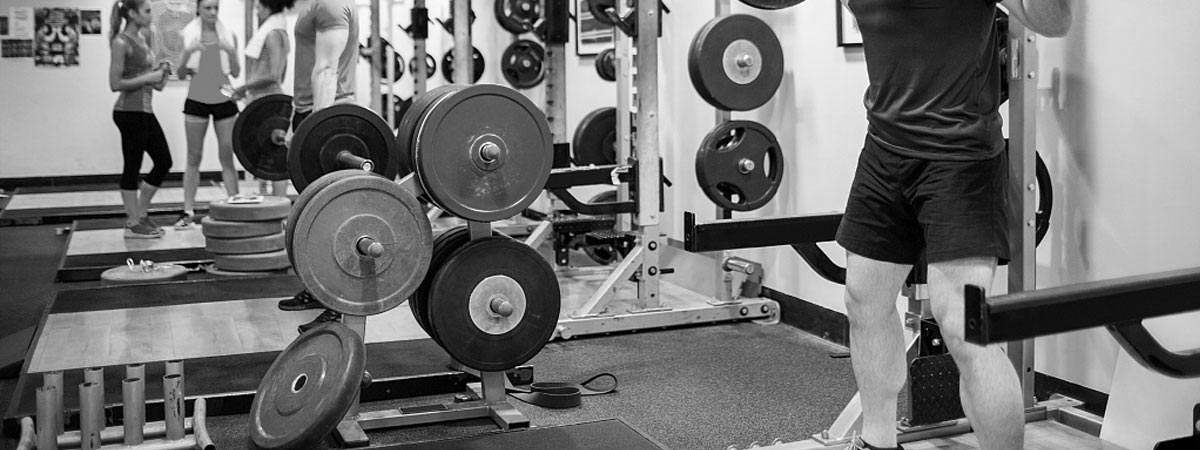
Q3: What action and how much weight should be used?
I don’t care what a set of dumbbells weighs. In fact, I’m more concerned about how to choose the appropriate weight based on movement during exercise. Since the action’s muscle group and aim are varied, so should the weight.
Generally, reasonably large training weights are used for exercises of the trunk, main muscles, lower limbs, and numerous joints. For example, people with training experience can typically lift more than 150 kg when performing squats, deadlifts, etc. The major muscular groups in the upper body, such as the bench press, high pull-down, etc., can also lift more than 100 kg.
Because the muscle group strength is small and there are no other muscles to help, movements involving small end muscle groups, such as those involving the arms and shoulder joints, or motions involving a single joint, employ relatively little weight. For example, arm flexion and extension exercises, biceps curls, etc. In general, people who can train 100kg on the bench press can use 10kg for the curls.
In addition, practice with a lighter weight for portions that are vulnerable to injury and posture correction training to prevent injury.


